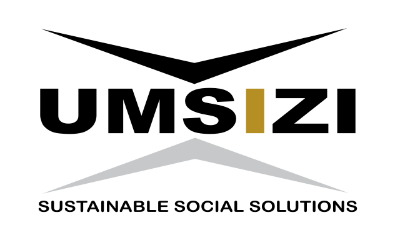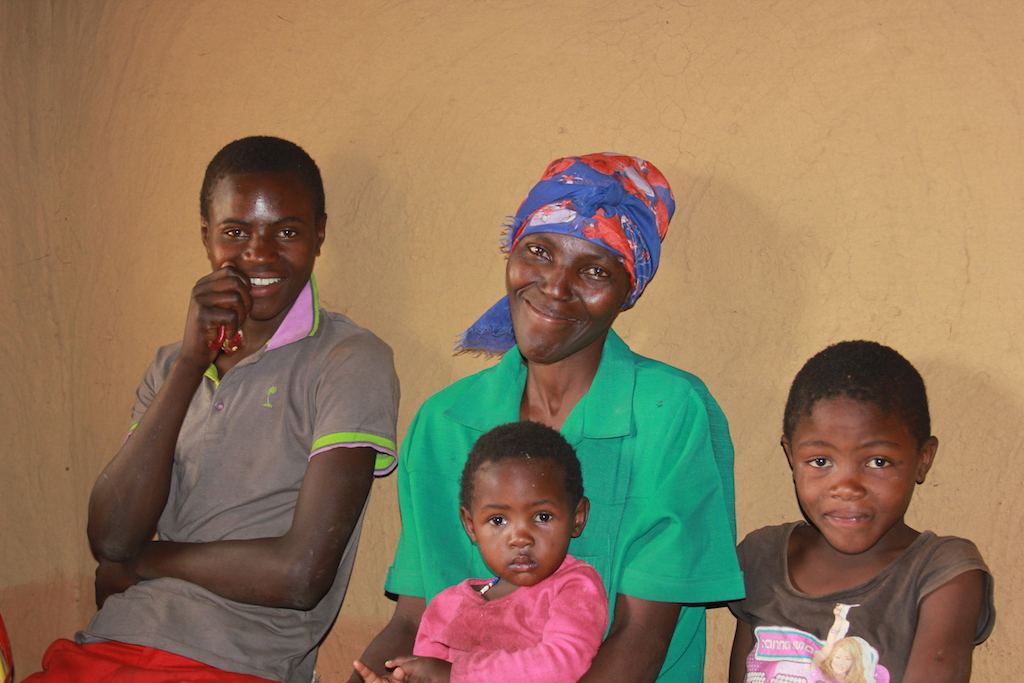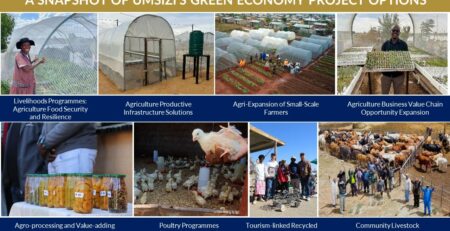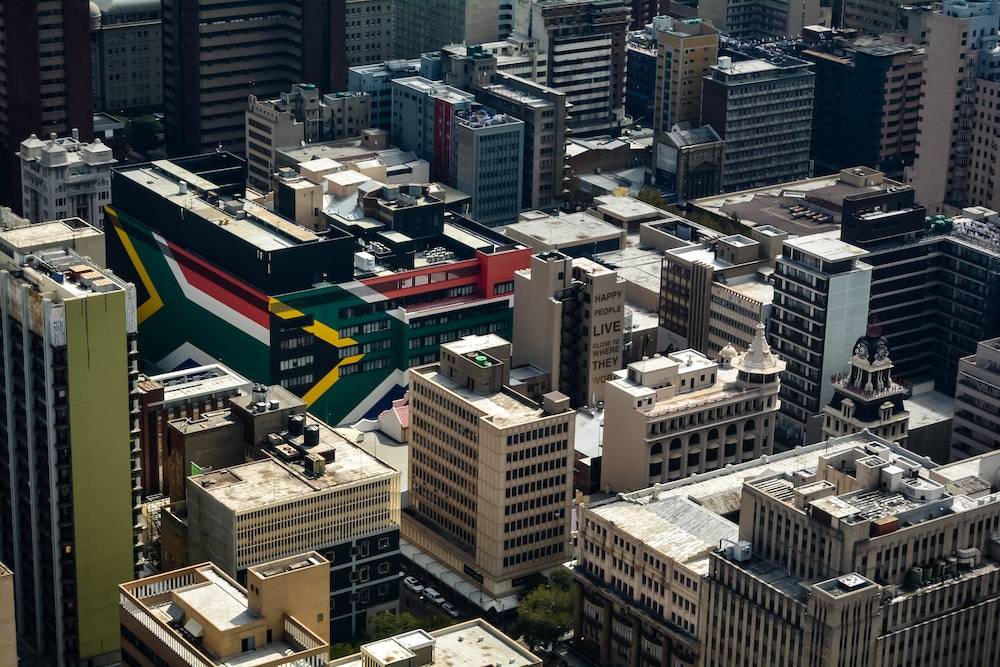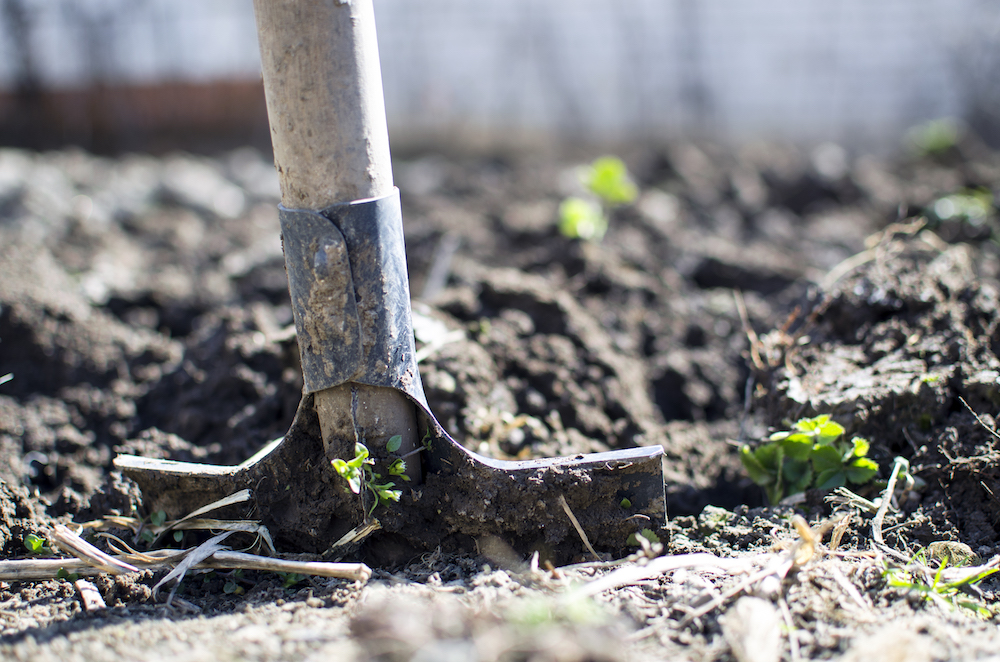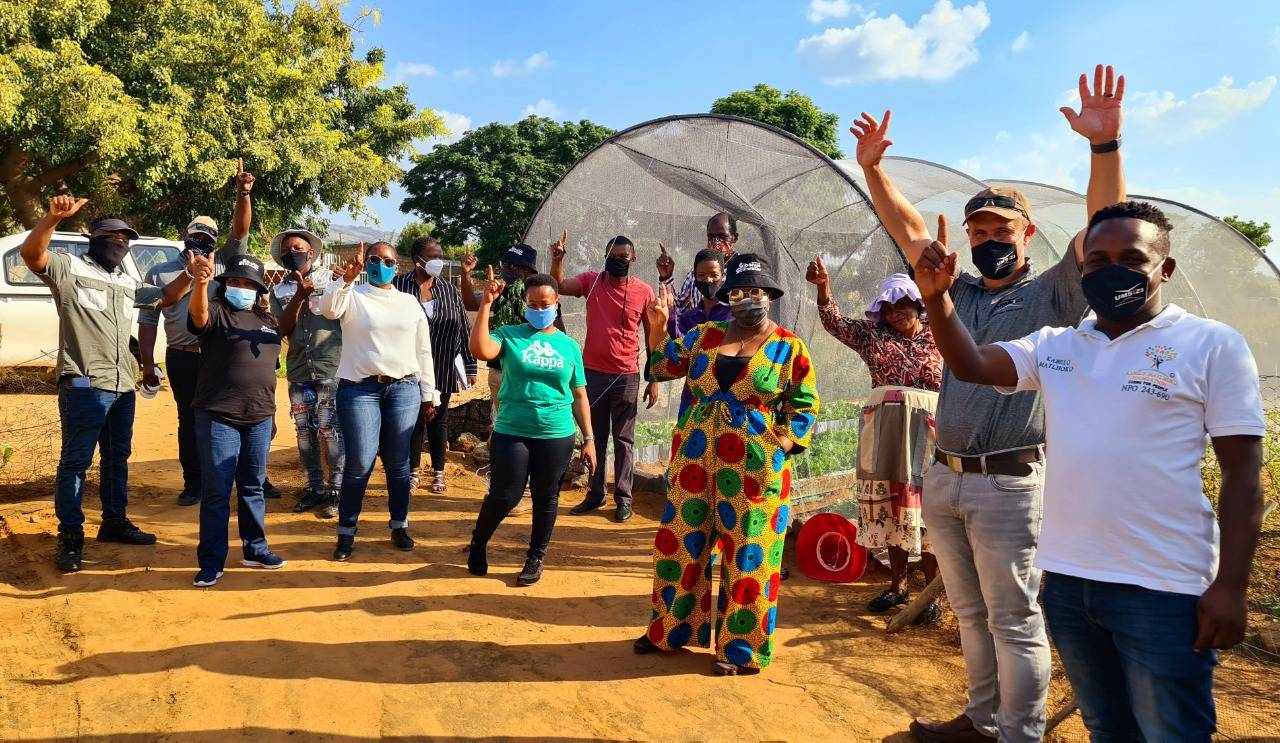SLP A-Z: Everything you need to know about Social and Labour Plans
What is a Social and Labour Plan?
A Social and Labour Plan is a document which South Africa’s Department of Mineral Resources and Energy (DMRE) requires when a company wishes to apply for and maintain the right to mine resources in any given area within South Africa. Within the document, simply put, the mining company commits to contribute to the wellbeing of the communities which are host to the mining operations, the mine’s major labour-sending areas, and mine employees. This is done through investing into the provision for various needs expressed by the community’s residents and the skills-development requirements of mine employees.
There is an unfortunate history of exploitation of mine employees and communities over the last 170 years in South Africa. In addition to unsafe working conditions, leading in certain cases to fatalities, there were also injustices and inequalities relating to unacceptable living conditions, nutrition, and healthcare for these mine employees. Communities surrounding the mining operations were in some cases pre-existing communities, and in others, the communities were established to support the existence of the mines. These communities were prone to dependency on the mines and secondary economies created by the mining industry. Once the life of mine had come to an end, these communities were left without any real benefits from mining activities, and without any means to support themselves. The result was that these communities were highly vulnerable to abject poverty and often resulted in what became known as “ghost towns”.
To correct these injustices, a variety of legislation and regulations were promulgated, resulting in certain requirements being placed on mining companies to ensure this would no longer happen. Among these requirements is the obligation to submit a Social and Labour Plan in order to secure mining rights, as well as what we know today as the “social license to operate”.
The Goals of Social and Labour Plans
As the governing body of the mining legislation and regulations, what objectives does the DMRE have in mind for companies adhering to Social and Labour plans?
Improved socio-economic circumstances for mine employees and communities. At its core, Social and Labour Plans are aimed at empowering mining communities, communities in labour-sending areas, and employees for a better standard of living through socio-economic development, including the investment in skills, knowledge and experience.
Transformation within the mining industry. SLP’s are designed to eradicate the historical injustices mentioned above. Mining workers should have safer working conditions and adequate provision made for their living conditions. Communities should benefit from the life of the mine rather than being exploited for the sake of the mine. Lastly, the mine should employ a demographically-representative workforce at all levels of skill and decision making.
Community development. Following on from the previous point, communities should be equipped to be more self-sustaining without dependency on the mine. Infrastructure and employability ought to be developed among the communities and residents. By the time the life of mine comes to an end, the residents of the communities should be ready to carry on supporting themselves and expanding their own productivity apart from reliance on the mine – this is referred to as a healthy secondary economy beyond the primary economic activity stimulated by mining.
Achieving the goals: Components of SLP
 In order to achieve these goals, mining companies need to follow the prescribed outline for the SLP, provided by the SLP guidelines by the DMRE. Each SLP is made up of 6 components, the 3 major ones, also containing a financial commitment, include the components discussed below.
In order to achieve these goals, mining companies need to follow the prescribed outline for the SLP, provided by the SLP guidelines by the DMRE. Each SLP is made up of 6 components, the 3 major ones, also containing a financial commitment, include the components discussed below.
- The Local Economic Development (also referred to as the Mine Community Development) component. This section looks at how to go about developing not only the communities in the geographical location where the mining operations take place, but also the primary communities from which employees will be hired to work on the mines.
This section includes a number of sub-sections, namely:
- Socio-economic baseline
Prior to the development of this section, a Socio-economic baseline study is conducted as input into the development needs within the community and includes an analysis of the socio-economic background, the key economic activities, and the impacts of the mine.
- Local Economic Development (LED) Projects:
In order to identify the thematic areas and the projects which the mines will invest in within the communities, Broad-Based Stakeholder engagements are required to be conducted, which is aligned to the Minerals and Petroleum Resource Development Act (MPRDA) regulations. These projects are required to also align to various local, national, and provincial development plans.
- Housing and Living Conditions and Nutrition
The Mine’s commitment to provide for the protection of mine employees’ basic constitutional right to human dignity through provision of adequate access to housing, better living conditions, healthcare, nutrition, and related amenities of life. This is aligned to the Housing and Living Conditions Standard for the Minerals Industry.
- Procurement and Supplier and Enterprise Development
Local Procurement, Supplier Development and Enterprise Development are one of the key instruments to achieve transformation in the mining industry. It also provides opportunity for economic growth, creation of decent jobs, and access to South African produced goods and services.
- The Human Resources Development In this component, the mine is required to set out how it intends to advance skills and improve employability among its own employees and also among residents within the communities. This can be realised through investing into various qualifications, skills development programmes, certificated courses, mentorship and coaching, and individual and career development.
It is important that mines diversify these skills development programmes to include not only skills pertaining to the mining industry, but also relevant skills for ventures and professions outside of the mining sector – these skills are known as portable skills due to their ‘portability’ between various sectors.
- The Downscaling and Retrenchment It is important to remember that no resources in any given location are inexhaustible. The closing down of mining operations is natural and inevitable once all available resources have been processed from the ground at the mine site. Therefore, downscaling, retrenchment and closure are unavoidable, and the mine must make provision for the many employees and communities which will be affected by this.
In order to address the three major SLP components discussed above, there is a financial provision component which sets out in detail what monetary resources will be made available and allocated to each programme, initiative and project mentioned above, falling under each component of the Social and Labour Plan.
Once the application for mining rights is granted by the DMRE, the commitments laid out in the SLP become legal obligations with exacting targets, budgets and implementations plans with timeframes, to ensure that the mining companies will deliver on their intent to benefit the communities. Any mining right holder in South Africa must submit an SLP for the application of a mining right, and must submit a new SLP every 5 years for the duration of the life-of-mine.
Does this system work?
Have South African communities benefited from Social and Labour Plans? The mining landscape in South Africa today is arguably more equitable and beneficial to its employees than ever before. However, the system has come under criticism on several points, listed below.
Umsizi Sustainable Social Solutions (herein referred to as Umsizi), has an outstanding track record of overcoming various challenges in the design and implementation of Social and Labour Plans. In each case of criticism, a few of which is summarized below, we have the model and the expertise to ensure the effective development and implementation of SLPs.
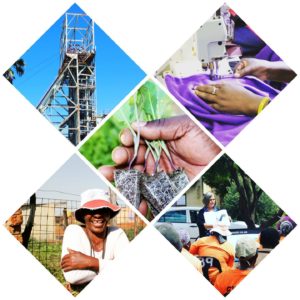
SLPs which are not relevant to the needs of the communities. Often community residents and employees feel that they are overlooked in the design of the Social and Labour Plan, or that they experience no real benefit from the rollout of the SLP. This can be frustrating not only for the proposed beneficiaries of the SLP, but also for the mining company, who has invested large financial and man-hour resources into the development and implementation of the SLP.
Umsizi’s solution to this is an expert stakeholder engagement approach, which is aligned to the broad-based stakeholder engagement requirement of the 2018 Mining Charter and the amended MPRDA regulations. There are several stakeholders involved in the life of the mine and its effect on local communities. These include, but are not limited to the DMRE, the mining company, core contractors, local government, mine employees and representatives, investors, and importantly, community structures, leaders and individuals. All of these parties and many others need to be considered. Umsizi believes in sustainable relationship and partnership building which ensures that all relevant voices are heard and that the community is on-board and invested in the rollout of all things pertaining to the mine and the SLP.
SLPs which don’t deliver on their promises. The DMRE is not always able to monitor the delivery on the finer details of the Social and Labour Plan. If the mining company is not fulfilling what they have committed to in the plan, effective socio-economic development will not take place within the communities.
To counter this, and to provide peace of mind to the mining companies, Umsizi is able to provide monitoring and feedback to make it 100% clear not only that compliance has been achieved, but that companies are providing meaningful empowerment where operations are taking place. This is also done through our various impact assessments and LED project analysis for future optimisation to ensure sustainability.
Lack of experience or competency at design and implementation of the SLP and related socio-economic development (SED) projects. Mining companies ought to be excellent at getting minerals out of the ground. Even where many mining professionals have a heart for social justice and empowerment of the disadvantaged, they may not be skilled in fulfilling tasks outside of their own area of expertise, such as completing intricate, detailed socio-economic projects and stakeholder engagement with thousands of community residents. Social science is inherently a whole different ball game.
Amongst others, Umsizi specialises in Social and Labour Plans, Socio-Economic Baseline Surveys, Local Economic Development, Social Impact Assessments and Stakeholder Engagement. We have successfully compiled over 400 Social and Labour Plans (SLPs) and have coordinated the implementation of most of these in working with industry (mining, metallurgical and other), communities and government. We have extensive experience with and knowledge of the Mining Charter, the Mineral and Petroleum Resources Development Act (MPRDA), the Codes of Good Practice of the Department of Trade and Industry and the Department of Mineral Resources (DMR). Umsizi’s founder and CEO, John-Mark Kilian, collaborated with the DMRE in 2002 to define the SLP regulations and compile South Africa’s very first Social and Labour Plan. Since then, we have remained at the cutting edge, pioneering highly effective development programmes, and consistently meeting and exceeding compliance requirements.
Let us assist you with consulting, capacity building, designing, and implementation of your SLP today.
